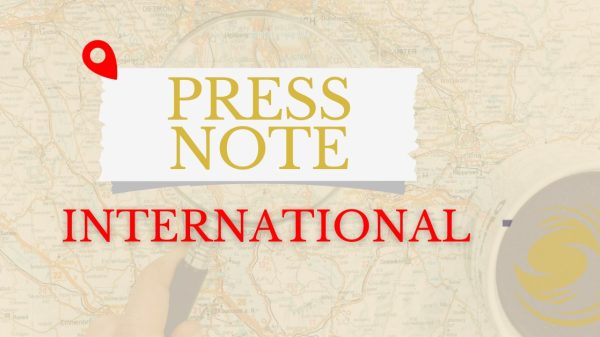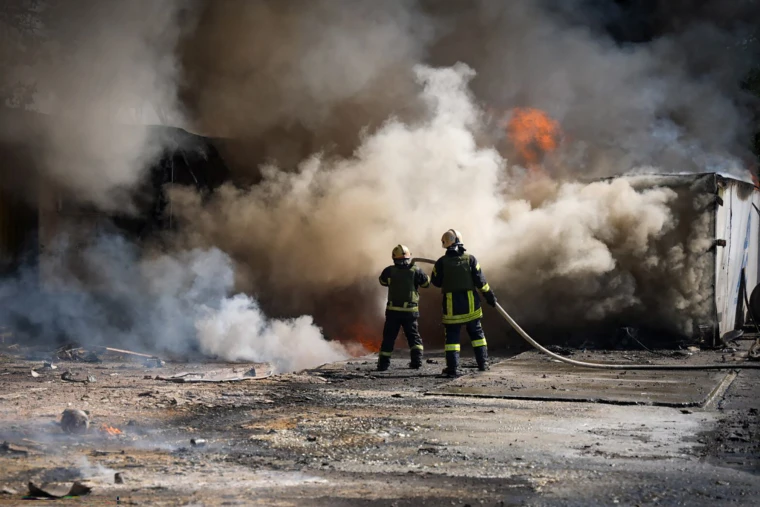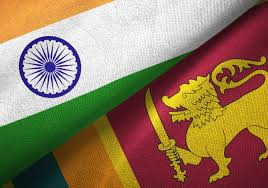Oil Markets React as Investors Brace for Fallout from US-Iran Escalation

US Strikes Iranian Nuclear Sites, Deepens Involvement in Israel-Iran War
AP News,
The United States has directly entered the ongoing conflict between Israel and Iran by launching airstrikes on three major Iranian nuclear facilities—Fordow, Natanz, and Isfahan—using bunker-buster bombs and Tomahawk missiles. President Donald Trump announced that the sites had been “completely and fully obliterated,” claiming an historic victory and warning Iran against retaliation. Iran, for its part, condemned the attacks as illegal and called for an emergency UN Security Council session, with Foreign Minister Abbas Araghchi promising “everlasting consequences.” Both U.S. and Israeli officials insist the action was vital to permanently disable Iran’s nuclear capabilities, though independent assessments of the damage remain unavailable. The International Atomic Energy Agency has confirmed that there has been no rise in off-site radiation, while Iran’s Atomic Energy Organization maintains that its nuclear work will continue. The strikes mark a sharp escalation, raising fears of a wider regional conflict, with the United Nations warning of catastrophic global consequences if hostilities expand further.
Oil Markets React as Investors Brace for Fallout from US-Iran Escalation
Reuters,
Global markets are on edge after the US strikes on Iran’s nuclear facilities, with investors closely watching for Tehran’s response. While Gulf stock markets showed initial calm, oil prices are expected to surge on fears of supply disruptions, particularly if Iran targets Gulf oil infrastructure or shipping routes like the Strait of Hormuz. Analysts suggest Brent crude could approach $100 a barrel if hostilities worsen, with rising oil prices likely to drive up inflation and dampen consumer confidence worldwide. The US dollar may benefit from a safe-haven bid, but broader market volatility is anticipated. Despite President Trump’s claim of “total annihilation” of Iran’s nuclear capabilities and potential leverage for a peace deal, economists warn that any sustained price shocks could damage an already fragile global economy. Historical patterns indicate that while markets may initially drop following such conflicts, equities often recover in the months afterward. For now, uncertainty and risk aversion dominate investor sentiment.
Chinese Manufacturers Race to Diversify as US Tariffs Bite
Financial Times,
Amid escalating trade tensions, Chinese factories are accelerating efforts to reduce dependence on the US market. Following new tariffs announced by President Trump in April, Chinese export data for May shows a marked shift: exports to Europe rose 12%, to Germany by 22%, and to Southeast Asia by 15%, helping offset declines in US-bound shipments. Manufacturers in Zhejiang province—China’s second-largest exporting region—are pivoting to alternative markets, bolstered by government support for trade fairs and cross-border ecommerce. Some factory owners, such as those producing outdoor gear or electronics, report falling US sales but are finding new customers in Europe, the Middle East, and Asia. This diversification is not without challenges, as competition in European markets is increasing and profit margins remain thin. Meanwhile, the European Commission is closely monitoring surges in Chinese imports across various sectors. The Chinese government continues to promote export stability to help counter domestic economic headwinds, including property market troubles and weak consumer confidence.
Russian Government Worries Over Economy as War Priorities Persist
BBC News,
At the St. Petersburg International Economic Forum, Russian President Vladimir Putin downplayed concerns about the nation’s economic outlook, but senior officials warned the country is “on the brink of recession.” Since the full-scale invasion of Ukraine, Russia’s economic policy has prioritized military spending over broader growth. Central Bank Governor Elvira Nabiullina noted that much of Russia’s post-war growth has now been exhausted, and Economic Development Minister Maxim Reshetnikov acknowledged the mounting risk of stagnation. Despite upbeat rhetoric about the return of US investors under President Trump, Western firms remain hesitant while the war in Ukraine drags on and sanctions persist. American business leaders admit any meaningful return would require an end to the conflict. Russian officials are openly debating economic difficulties—including high inflation and interest rates—as the cumulative effects of war and sanctions continue to weigh on prospects for a sustainable recovery.
Iran’s Khamenei Prepares for Possible Succession Amid Regional Tensions
South China Morning Post,
Iran’s Supreme Leader Ayatollah Ali Khamenei has reportedly named three potential successors in the event of his assassination, amid speculation intensified by the latest round of hostilities with Israel and the United States. The New York Times, citing Iranian officials, reports that the Council of Experts, the constitutional body responsible for appointing the Supreme Leader, has procedures in place to ensure institutional stability if Khamenei—now 86—is killed. The council, comprised of 88 Islamic clerics and jurists, is designed to achieve consensus and shield the Islamic Republic from political shocks. The matter has gained renewed urgency as Israeli Prime Minister Netanyahu has publicly suggested targeting Khamenei to end the conflict, and Iranian leadership signals its intent to continue resisting foreign pressure. The succession process remains a closely guarded state matter, but recent events have thrust it into the spotlight both domestically and internationally.






















